The term NSR has been used by some to describe all of the forests where there might not be a ‘satisfactory’ number and type of trees. Areas harvested by the forest industry (including by the government-run BC Timber Sales program) meet these criteria for NSR because trees have been removed and there is a legal obligation to restock after harvesting. However, reduced timber supply caused by the mountain pine beetle is also something government must look at in terms of reforestation.
The investigation found that progress has been made in planning and implementing old-growth retention: thousands of old-growth management areas (OGMAs) have been established, and, in areas where OGMAs do not exist, specified amounts of old-growth forest must always be available.
The Board saw good examples of the professional reliance and Forest and Range Practices Act delegation models working – some licensees identify non-legal OGMAs in their forest stewardship plans, and conduct forest practices to protect those areas, even though they are not legally obligated to do so.
However, the investigation also highlighted some of the challenges licensees face in achieving old-growth retention on multi-tenured Crown forested land bases where some tenured users are required to maintain old-growth and others are not. The Board believes that old-growth retention requirements, as well as requirements for other values (e.g., wildlife habitat areas), should apply regardless of which industrial sector is developing the land.
This investigation examines licensees’ compliance with the Chief Foresters Standards for Seed Use. When planting seedlings on harvested sites, it is important that the seedlings are suited to the location and climate of the planting site to ensure they will grow well and become healthy trees.
This report concerns a 2011 investigation by the Forest Practices Board into fire management planning in British Columbia. Specifically, the Board looked at the status and use of fire management plans and fire analyses to determine whether accurate and complete land and resource information is adequately incorporated into fire control activities.
As part of the Forest Practices Board's 2011 compliance audit program, Weyerhaeuser Company Limited’s forest licence A18698 in the Cascades forest district was selected for audit. The forest licence lies within the Merritt timber supply area (TSA), and nearby communities include Princeton, Tulameen and Hedley. The audit took place between October 1, 2010 and October 20, 2011.
